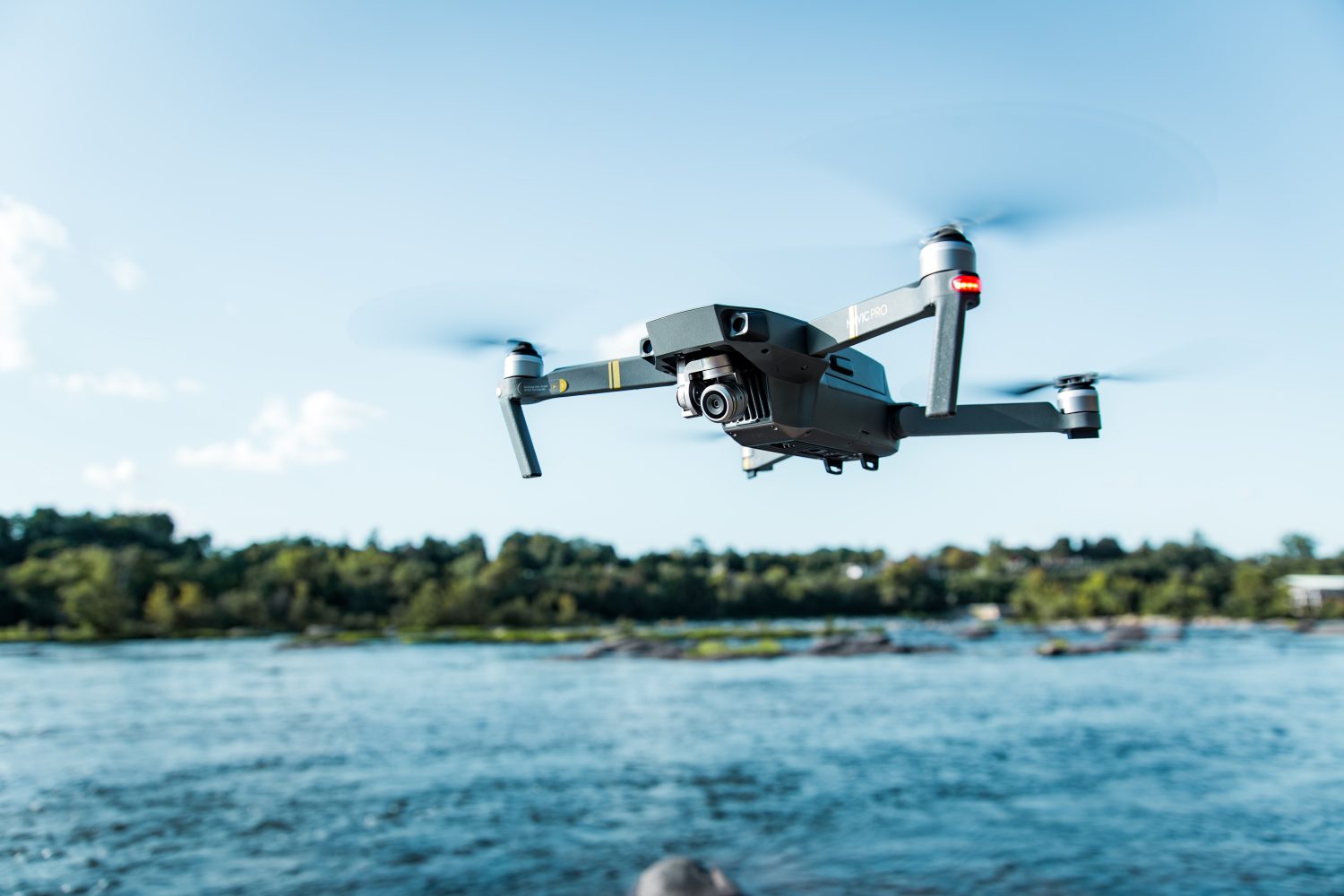
Flag carrier Korean Air is forging ahead with its trail blazing test program using drone swarms for inspection of its planes to measure wear of fuselage components, and detect any weaknesses or damage requiring repairs.
Though Korean Air initially announced its plan to develop drone swarms with the aim of incorporating them in its regular inspection of its passenger and cargo planes way back in 2021, the company has continued added increasing levels of sophistication and functionality to those activities.
Use of drones in Korean Air’s maintenance, repair, and operation operations has been replicated by other major carriers since, notably Dutch flagship KLM, which has made swarm inspections a key focus of its routine craft oversight development.
Recent reports say Korean Air has enhanced early drone inspections from basic scans and analyses of data collected by nearby pilots, to automated functions enabled and improved by artificial intelligence applications.
Read: For KLM, Mainblades drone inspection is about to become a vital part of aircraft maintenance
Those include object avoidance tech to keep swarm craft from colliding with one another or inspected planes; geofencing limiting their movement to defined areas; and pre-set flight instructions that increasingly reduce pilot involvement from controller to observer.
Progress of Korean Air’s drone program has been sufficiently steady and promising that the South Korean government and upped its backing of continued development of swarm inspections.
While those have thus far produced encouraging and increasingly time- and cost-cutting results on Boeing 737 trials, however, the method isn’t expected to replace human eyeballing completely – at least in the foreseeable future.
Use of drone swarms have allowed Korean Air, KLM, and other experimenting airlines to collect data from wings, tails, and the top half of fuselages – virtually eliminating the physical exertion and degree of risk involved in humans using scaffolding systems to access those upper aircraft sections.
But aerial scrutiny is unlikely to be entirely replacing manual vetting of aircraft any time soon, due in part to the limited spaces available for small craft operation beneath the giant but low-slung vehicles. Another factor is the relative reliability of visual human scrutiny relative to rotor-borne tech – at least in its current phase of development – whose results are still being constantly analyzed, checked, and measured for lingering weaknesses as well as strengths.
Image: Karl Greif/Unsplash
FTC: We use income earning auto affiliate links. More.




Comments